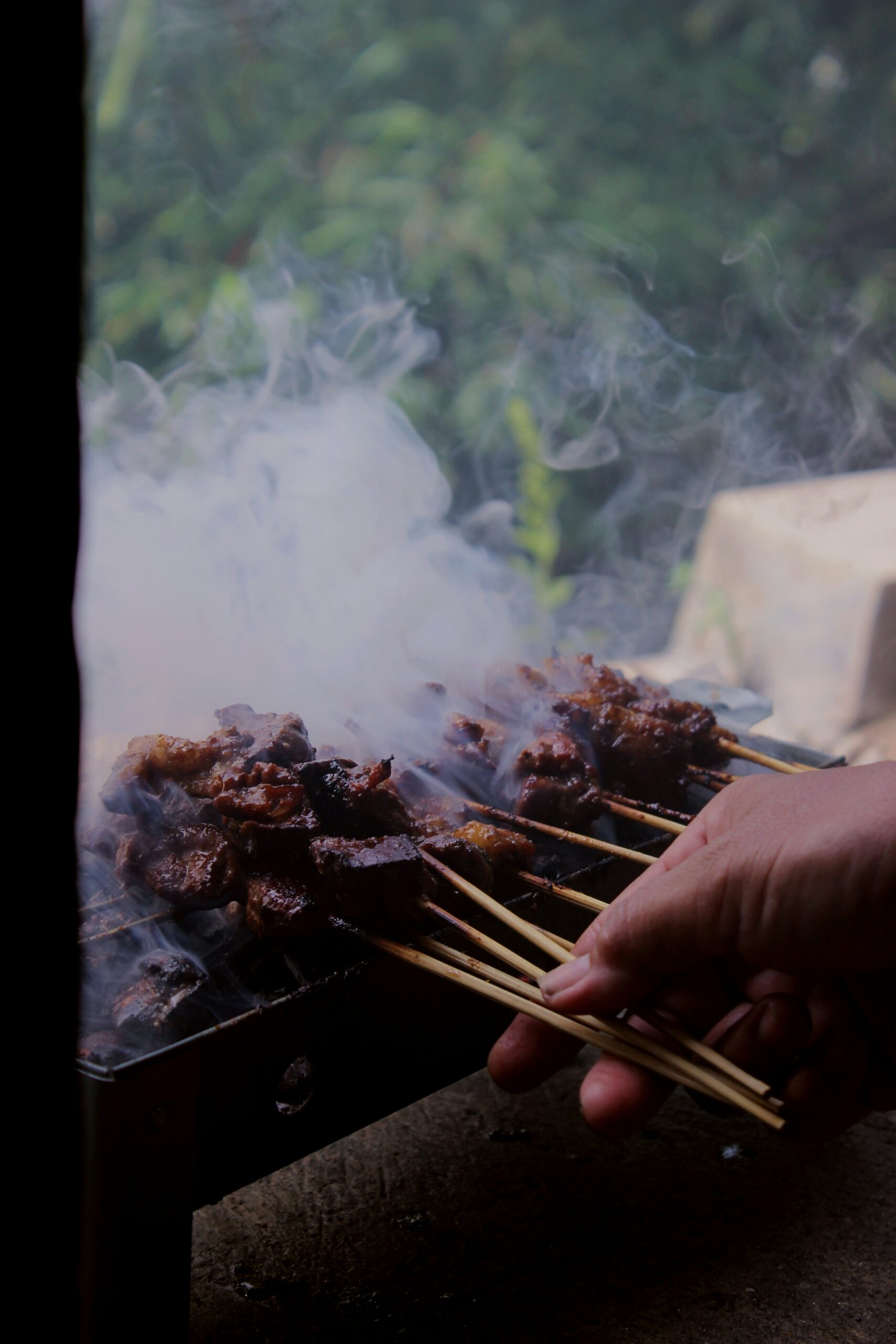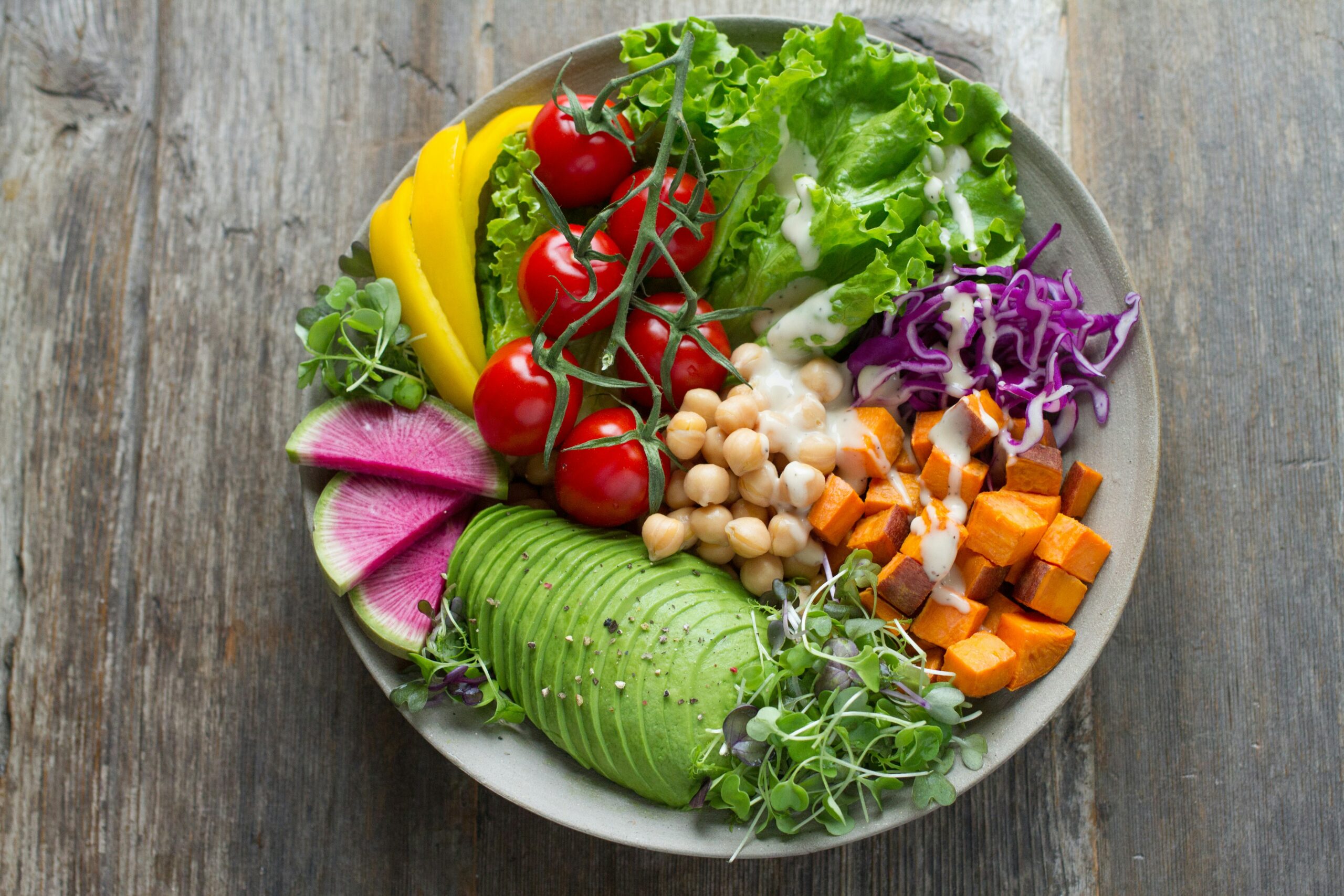Unlock the Flavor: Insider Tips for Perfectly Grilled Meats Every Time
Grilling season is upon us, and for many, nothing quite beats the aroma of meat sizzling on an open flame. The sound of juicy steaks, chicken breasts, and ribs hitting the grill ignites a primal excitement—one that brings people together around the backyard, sharing stories and laughter. But let’s face it: not every grilling experience ends in culinary triumph. How many times have you bitten into a piece of meat, only to be met with disappointment? Overcooked? Undercooked? Lacking flavor? I’ve been there, and it’s enough to make you want to toss the tongs and call it a day. Yet, fear not! This article is your guide to unlocking the secrets of perfectly grilled meats every single time. So, grab your apron, and let’s dive in!
The Right Cut Matters
When it comes to grilling, the cut of meat can make or break your dish. You wouldn’t use a hammer to drive in a screw, right? Similarly, not all meats are created equal when it comes to the grill. Certain cuts lend themselves to grilling better than others. Here’s a quick guide on some popular options:
- Steaks: Ribeye, sirloin, and New York strip are excellent choices. Their marbling ensures flavor and tenderness.
- Pork: Tenderloin and pork chops are fantastic for grilling, offering juicy bites when cooked correctly.
- Chicken: Bone-in thighs and breasts are ideal. Skin-on keeps moisture in, leading to flavorful results.
- Lamb: Chops and leg cuts are delightful when grilled, giving that smoky flavor and a crispy exterior.
It’s also worth noting that not all meats are equally accessible. Sometimes, you might be tempted to pick up that pre-packaged, generic cut from the supermarket. But let me tell you, there’s something special about visiting a local butcher. They know their cuts inside and out, and often have the best tips for preparation and cooking. I remember my first trip to a butcher; it felt like stepping into a culinary wonderland.
Marinades: The Flavor Bomb
Now that you’ve selected your meat, it’s time to elevate its flavor with a marinade. Think of it as an essential step that can transform an ordinary cut into a sensational dish. Marinades can add moisture, tenderize the meat, and inject bold flavors.
Here’s a simple marinade to get you started:
- 1/4 cup olive oil - 1/4 cup soy sauce - 2 tablespoons honey - 3 cloves garlic, minced - Juice of 1 lemon - Fresh herbs (like rosemary or thyme)
Combine these ingredients, and soak your meat for at least 30 minutes—though longer is better, especially for tougher cuts. I’ve found that marinating overnight in the fridge often leads to the most flavorful results. Just make sure to keep it sealed; you don’t want your fridge smelling like a garlic factory!
The Magic of Dry Rubs
If you’re looking for a quick and easy way to add flavor, dry rubs are your best friend. A good rub can create a flavorful crust that locks in moisture while adding an irresistible texture. A simple mix of spices can be a game changer. Try this classic combination:
- 2 tablespoons paprika - 1 tablespoon garlic powder - 1 tablespoon onion powder - 1 tablespoon brown sugar - Salt and pepper to taste
Rub it generously over your meat before grilling. I still remember the first time I experimented with a dry rub—my friends couldn’t stop raving about how flavorful the chicken was. (I might have taken a bow that day—just saying!)
Temperature: The Silent Savior
Getting the temperature right is crucial for grilling success. There’s a bit of science involved here. Cooking meat at the right temperature ensures safety and enhances flavor. Here’s a quick rundown:
- Beef: Aim for 135°F for medium-rare, 150°F for medium, and 160°F for well-done.
- Pork: The USDA recommends 145°F with a three-minute rest time.
- Chicken: Always cook to an internal temperature of 165°F.
- Lamb: Like beef, it’s best at 135°F for medium-rare, but can handle up to 160°F for well-done.
Investing in a reliable meat thermometer can save you from the perils of overcooking or undercooking. Trust me; it’s worth it. I’ve had my share of charred steaks because I thought I could wing it—spoiler alert: I couldn’t.
Grilling Techniques: Direct vs. Indirect Heat
Understanding the differences between direct and indirect heat is crucial for mastering the grill. Direct heat involves cooking the meat directly over the flames, while indirect heat is all about cooking the meat next to the flames. Each method has its purpose:
- Direct Heat: Perfect for quick-cooking meats like steaks, burgers, and chicken breasts. This method develops a nice sear while keeping the inside juicy.
- Indirect Heat: Ideal for larger cuts like whole chickens or ribs. This method allows for slow cooking, ensuring tenderness and flavor without burning.
One of my favorite grilling memories was the first time I successfully cooked a whole chicken using the indirect method. I didn’t think it was possible, but the result was a beautifully browned bird with crispy skin. (And yes, I posted it on social media, much to the delight of my friends—who I’m sure were salivating at the sight!)
Don’t Forget to Preheat
Preheating the grill is a step many novice grillers overlook. It’s like getting your car warmed up before a long drive. A hot grill sears the meat, locking in those precious juices and flavors. Aim for at least 10 to 15 minutes of preheating, depending on your grill type. If you’re using a charcoal grill, let the coals burn down until they’re covered with a thin layer of ash. For gas grills, turn up the burners and let it rip.
Let It Rest
Once your meat is cooked, you might be tempted to slice into it immediately. I get it; the aroma is intoxicating! But resist the urge. Allowing your meat to rest for at least 5 to 10 minutes after grilling is vital. This step lets the juices redistribute, preventing them from spilling out when you cut into it. I’ve made the mistake of skipping this in the past, and trust me—it’s a lesson learned the hard way. Juicy steak on the plate is always better than a dried-up hunk of meat.
Grilling Accessories: The Unsung Heroes
While your skills are the primary ingredient for grilling success, having the right tools can make a world of difference. Here are some accessories that can elevate your grilling game:
- Quality Tongs: Forget about forks; tongs are the way to go. They allow you to flip and move meat without piercing it, preserving juices.
- Grill Brush: Keeping your grill clean is essential. A good brush will help you scrape off residue, ensuring your next meal is free of unwanted flavors.
- Grill Basket: Perfect for vegetables or smaller cuts of meat that might fall through the grates. It’s a game changer for grilling sides!
- Spatula: A solid spatula can help in flipping burgers or delicate fish. Plus, it gives you that chef-like vibe!
One evening, I accidentally used a flimsy set of tongs and ended up losing half my burger patty to the grill. Not my proudest moment, but a lesson learned! Invest in quality tools; they truly make a difference.
Experiment with Wood Chips
If you’re looking to add an extra layer of flavor, consider using wood chips for smoking. Different types of wood can impart unique flavors to your meat. Here’s a quick guide:
- Hickory: Strong flavor, great for beef and pork.
- Apple: Mild and sweet, perfect for chicken or pork.
- Mesquite: Intense flavor, ideal for grilling steaks.
To use wood chips, soak them in water for about 30 minutes, then drain and sprinkle them over the coals. The smoke will envelop your meat, adding that delicious, smoky flavor everyone craves. One time, I tried hickory with ribs, and let me tell you, it was a flavor explosion that left my guests asking for seconds!
Side Dishes: The Perfect Pairing
While the main event is undoubtedly the grilled meat, don’t forget about the sides! A well-rounded meal enhances the overall experience. Here are a few ideas that complement grilled meats beautifully:
- Grilled Vegetables: Toss zucchini, bell peppers, and corn in olive oil and seasoning, and throw them on the grill.
- Potato Salad: A classic that pairs well with almost any grilled meat.
- Coleslaw: Adds a refreshing crunch that balances the richness of grilled meats.
- Garlic Bread: Because who doesn’t love a good piece of bread with their meal?
It’s always fun to experiment with sides! I recall a summer barbecue where I whipped up a grilled corn salad that had everyone raving. Sometimes, the sides can steal the show—just ask my friend who only talks about that corn salad to this day!
Safety First: Grilling Guidelines
While grilling is fun, safety should never take a backseat. Here are some essential tips:
- Always keep a spray bottle of water nearby to control flare-ups.
- Use separate cutting boards and utensils for raw and cooked meats to prevent cross-contamination.
- Ensure your grill is in a well-ventilated area, away from flammable materials.
- Never leave the grill unattended, especially if children or pets are around.
Safety is one of those things you don’t think about until you need to. I’ll never forget my neighbor’s mishap when a flare-up sent everyone into a panic. Thankfully, he had a spray bottle handy, but it was a moment of sheer chaos! Always be prepared, and you’ll have a much more enjoyable grilling experience.
Conclusion: Fire Up the Grill!
Now that you’ve armed yourself with these insider tips for grilling meats, it’s time to fire up the grill and put them into practice. Remember, grilling is as much an art as it is a science. Don’t be afraid to experiment, embrace the occasional mishap, and share those memorable moments with friends and family. After all, grilling is not just about cooking; it’s about creating connections, memories, and delicious flavors that linger long after the last bite.
So, gather your friends, dust off those grilling tools, and unlock a world of flavor. Whether you’re a novice or a seasoned pro, there’s always something new to learn and taste. Happy grilling!




